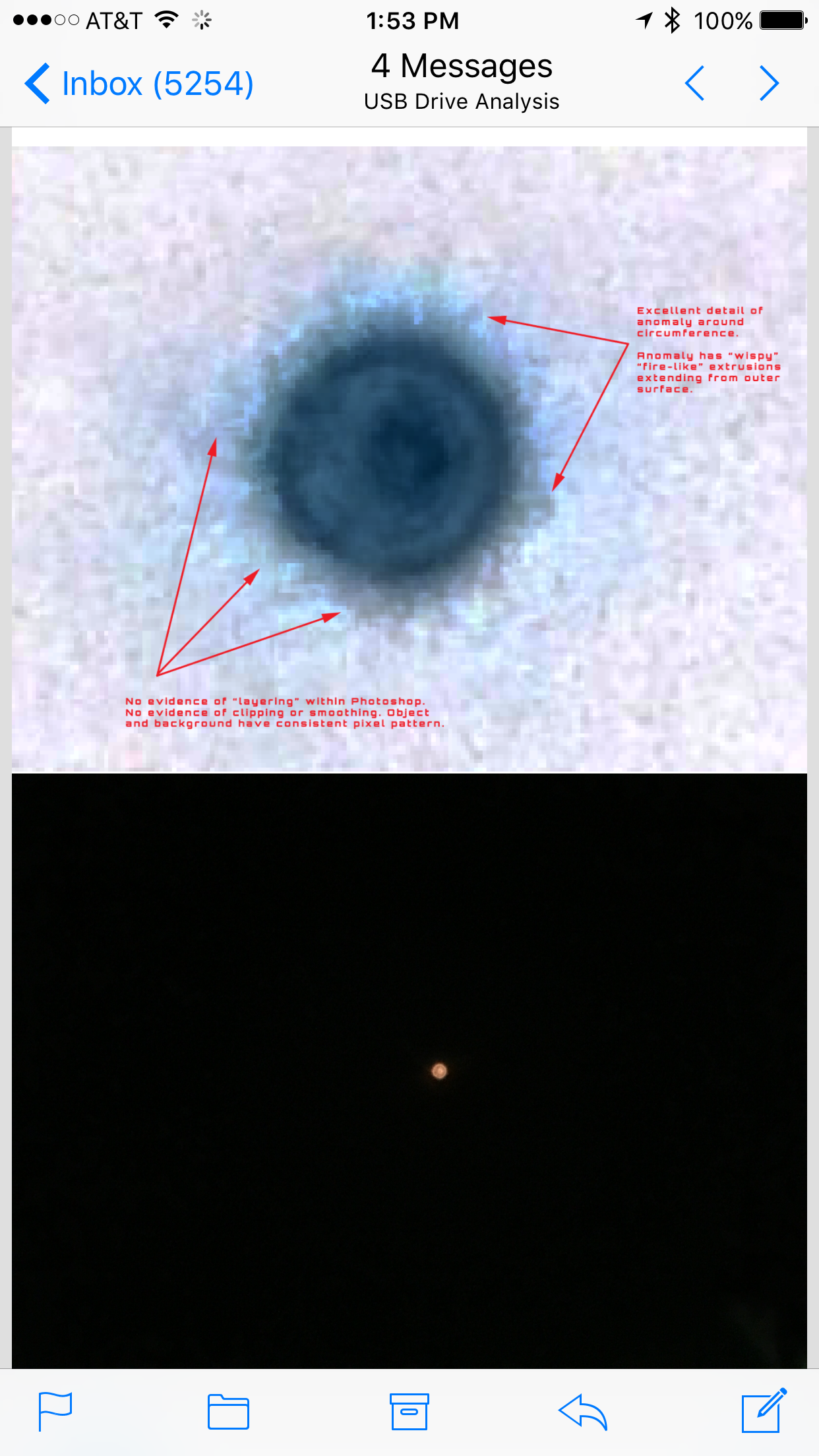
Generate New Template
Abstract
Mars data presents a collection of startling and seemly contradictory isotopic data: a glaring excess of the two radiogenic isotopes 129 Xe/ 132 Xe @ 2.5 and 40Ar/36Ar @ 3000 enabled identification of MM (Mars Meteorites) because they are so different than any other major Solar System reservoir. Mars appears to have lost an original atmosphere of pressure 1 bar or greater, yet the ratio 14 N/15 N indicates only a loss of a few millibar by Solar Wind Erosion. The LPARE (Large Planet Altering R-process Event) hypothesis attempts to explain these major isotopic puzzles at Mars by postulating that two massive, anomalous thermonuclear explosions, rich in R-process physics, occurred over the surface of Northern Mars in the past, approximately 500 million years ago, and that these explosions created the 129 Xe/132 Xe excess, and the accompanying intense neutron bombardment of Mars atmosphere and regolith created the 40 Ar/ 36 Ar excess off of potassium in the surface rocks. The collateral massive and non-mass fractionating atmospheric loss, and the intense neutron bombardment of 14 N in the atmosphere primarily created the 14 N/ 15 N ratio we presently observe, with some mass fractionating erosion of the residual atmosphere. This LPARE hypothesis is found to explain other isotopic features of Mars atmosphere and surface. 80 Kr and 82 Kr are hyper-abundant in the Mars atmosphere and in the youngest MMs indicating in- tense irradiation of Mars surface with neutrons. Although there is presently no plausible explanation for the nuclear events, the hypothesis can be tested through related nuclear products such as Pu-244.
[https://www.researchgate.net/publication/371769294_Evidence_for_Large_Planetary_Climate_Altering_Thermonuclear_Explosions_on_Mars_in_the_Past](Evidence for Large Planetary Climate Altering Thermonuclear Explosions on Mars in the Past)
submitted by /u/illegalt3nder
[link] [comments]